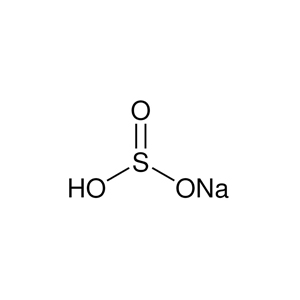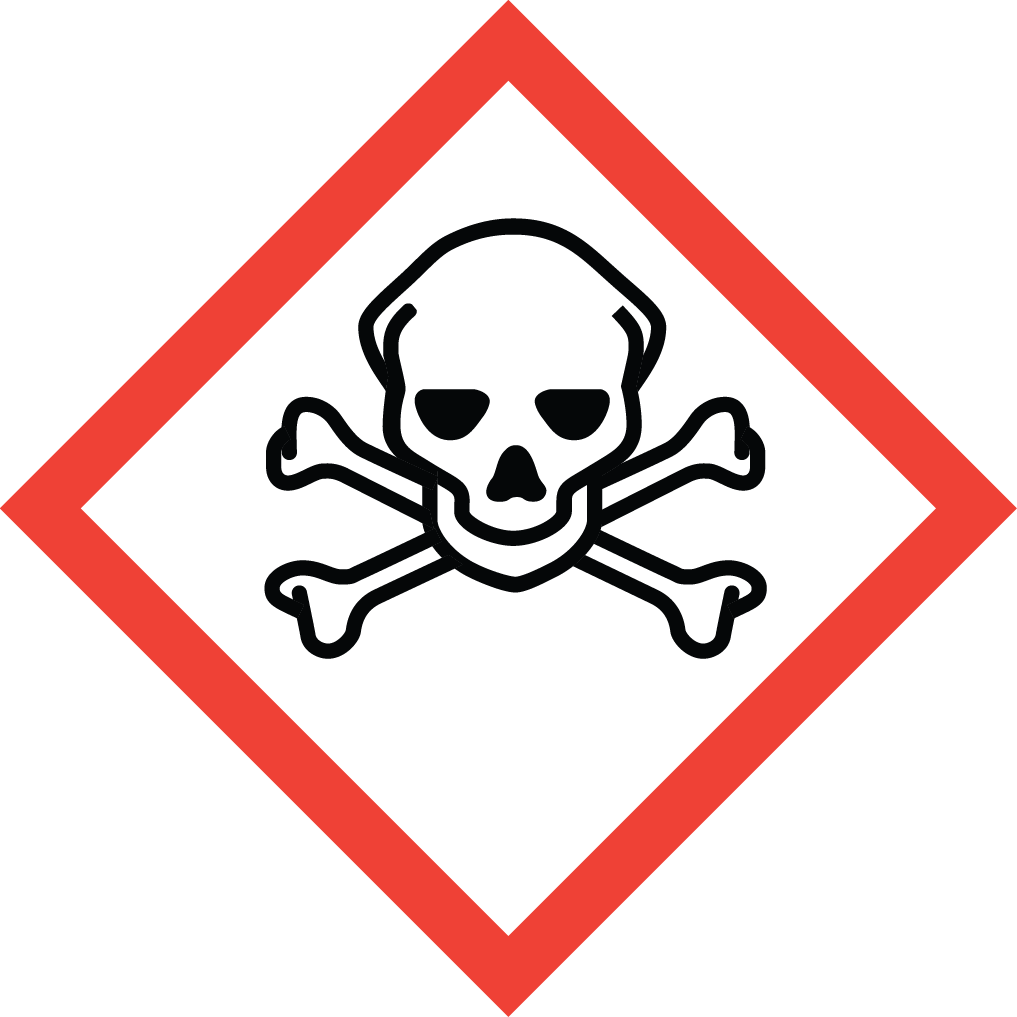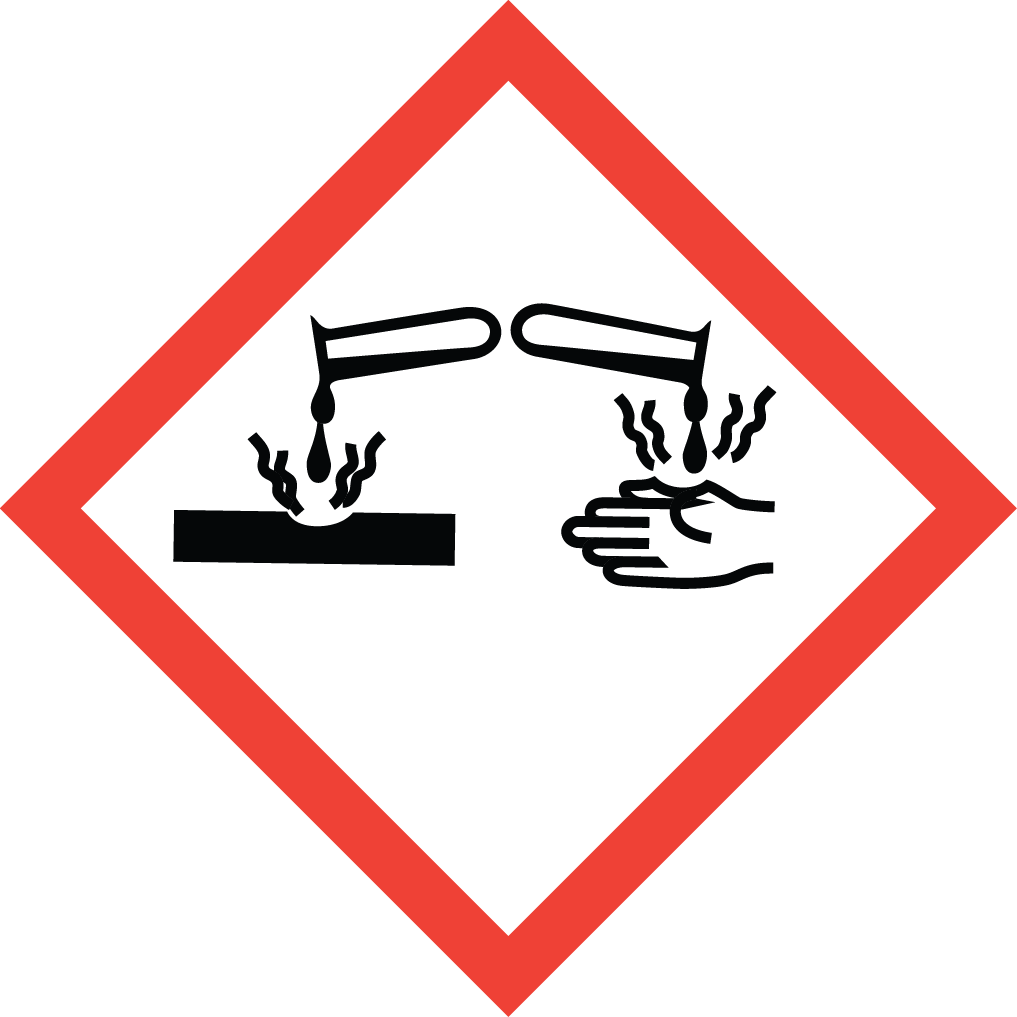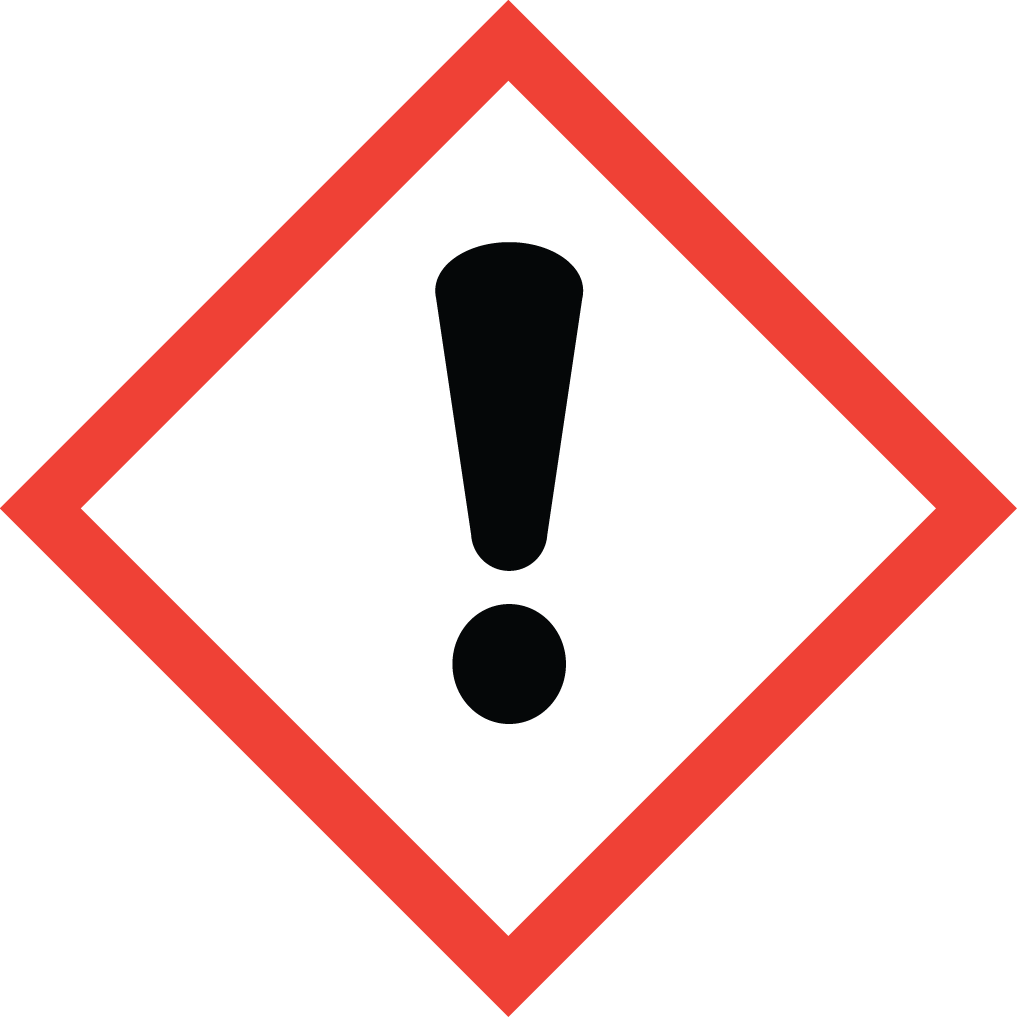Aure Chemical Delivers Excellence in High-Purity Sodium Bisulfite
Aure Chemical is a premier global supplier of high-quality Sodium Bisulfite (NaHSO₃). With the CAS number 7631-90-5, this versatile inorganic compound typically appears as a white crystalline powder or in solution form. Sodium Bisulfite is widely recognized for its potent reducing and antioxidant properties, making it an indispensable agent across numerous industries. It plays a critical role as a food and beverage preservative, a dechlorinating agent in water treatment, and a key chemical in the pulp and paper and textile industries. Aure Chemical's commitment to excellence ensures that our Sodium Bisulfite meets the stringent purity and performance requirements for your most demanding applications, guaranteeing consistency and reliability.
Basic Information of Sodium Bisulfite
Sodium Bisulfite (CAS No. 7631-90-5) is meticulously produced and rigorously tested to meet stringent quality standards. We ensure exceptional purity and consistent performance, essential for your operations:
| CAS No.: | 7631-90-5 |
|---|
| EC No.: | 231-548-0 |
|---|
| Linear Formula: | NaHSO₃ |
|---|
| Molecular Weight: | 104.06 |
|---|
| Appearance: | White crystalline powder or granular solid; also available as a clear, colorless to yellowish aqueous solution. |
|---|
| Melting point: | 150 °C |
|---|
| Density: | 1.48 |
|---|
| Solubility: | Highly soluble in water, forming an acidic solution. Slightly soluble in ethanol. |
|---|
| Nature: | Reducing agent. Hygroscopic. May release sulfur dioxide gas in acidic conditions. |
|---|
| RIDADR: | UN 2693 8/PG 3 |
|---|
| Chemical Structure: |  |
|---|
Our commitment to delivering high-purity Sodium Bisulfite ensures a reliable and efficient component for your critical processes.
Primary Applications of Sodium Bisulfite (NaHSO₃)
Sodium Bisulfite's strong reducing capabilities and its versatility make it an incredibly valuable and widely used compound with applications across numerous industries:
Food and Beverage Preservative (E222):
It is widely used as a food additive (E222) to prevent spoilage, inhibit enzymatic browning, and control microbial growth in fruits, vegetables, wines, beers, and other food products. It acts as an antioxidant and antimicrobial agent.
Water Treatment:
Sodium Bisulfite is an effective dechlorinating agent used to remove residual chlorine and chloramines from drinking water, wastewater, and industrial process water, especially before discharge or further treatment steps (e.g., reverse osmosis).
Pulp and Paper Industry:
In the pulp and paper industry, it is used as a bleaching agent for mechanical pulps, a reducing agent, and a sulfurizing agent in pulping processes.
Textile Industry:
It finds application in the textile industry as a bleaching agent for natural fibers (like wool and cotton) and as a reducing agent in dyeing processes.
Pharmaceutical and Chemical Synthesis:
Sodium Bisulfite is a key reducing agent and intermediate in the synthesis of various pharmaceutical compounds, fine chemicals, and other organic chemicals.
Photographic Industry:
It is used as a preservative in photographic developers and as a fixing agent.
Odor Control:
It can be used to remove excess chlorine and sulfur dioxide from gas streams and solutions, aiding in odor control.
Why Choose Aure Chemical for Your Sodium Bisulfite Supply?
Aure Chemical is dedicated to providing superior chemical solutions and unparalleled customer support. By partnering with us for your Sodium Bisulfite requirements, you benefit from:
Exceptional Purity & Consistency: Our Sodium Bisulfite is manufactured to stringent purity specifications, crucial for maximizing effectiveness in sensitive applications like food preservation and ensuring consistent performance in industrial processes.
Reliable Global Supply Chain: We maintain a robust and efficient supply network, guaranteeing timely and secure delivery of this essential chemical to your facilities worldwide, adhering to all strict safety and regulatory standards.
Expert Technical Support: Our team of experienced chemists and specialists is readily available to offer comprehensive guidance on product application, safe handling procedures, and optimal storage conditions for Sodium Bisulfite.
Commitment to Quality & Safety: We adhere to the highest industry standards for quality management, safety, and environmental responsibility across all our operations, ensuring peace of mind for our clients.
Choose Aure Chemical for a trustworthy and dependable supply of high-quality Sodium Bisulfite. We're ready to support your most demanding and innovative industrial processes.
Hazards Classification
GHS Classification: Acute Toxicity (GHS06), Corrosive (GHS05), Exclamation Mark (GHS07)
Hazard Statements: Harmful if swallowed; causes serious eye damage; may cause respiratory irritation; may cause skin irritation.
UN Number: UN 2693
Hazard Class: 8 (Corrosive Substances)
Packing Group: III
 GHS06: Acute toxicity
GHS06: Acute toxicity GHS05: Corrosive
GHS05: Corrosive GHS07: Exclamation mark
GHS07: Exclamation mark
